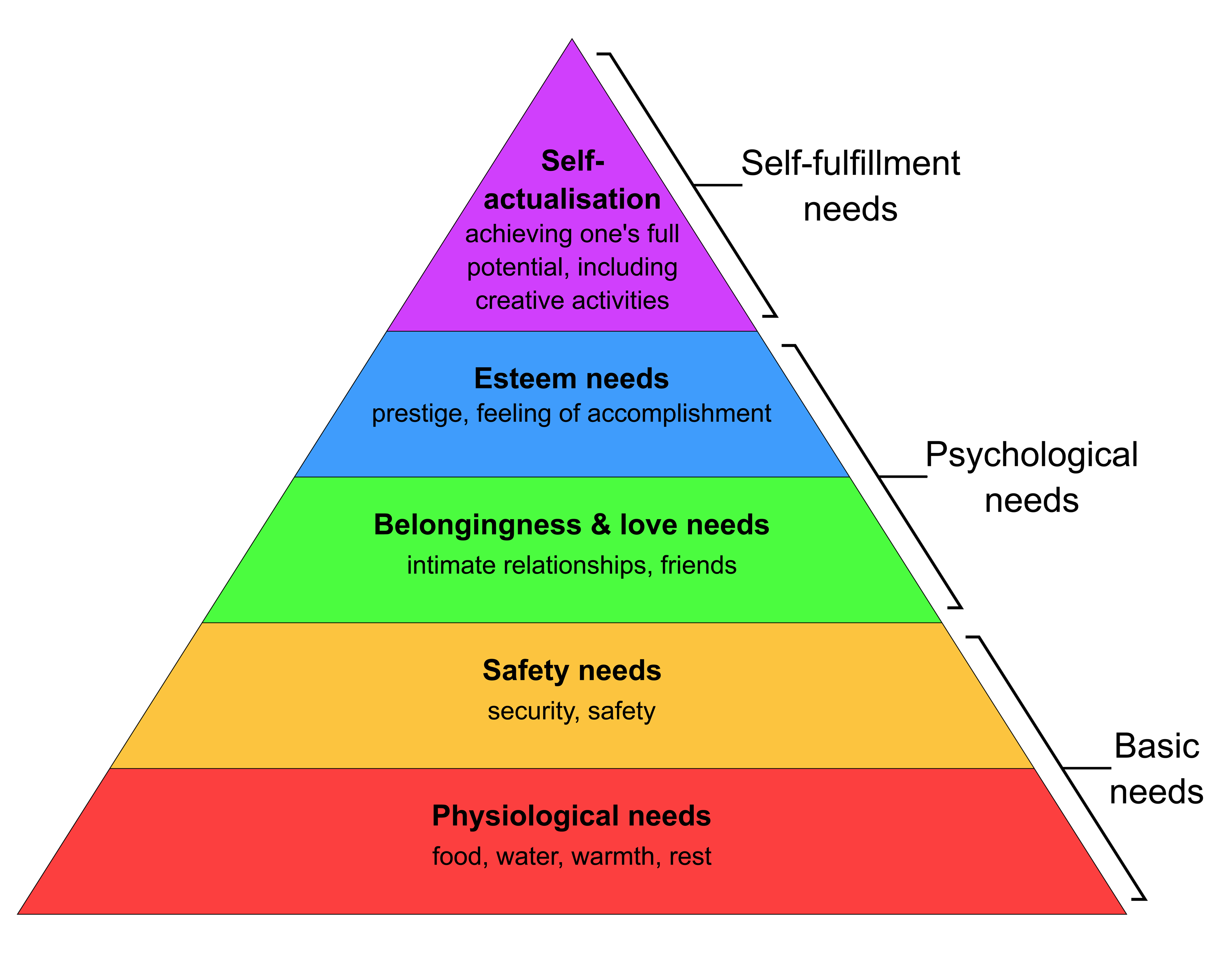How taking a social media break revealed its negative impact in school
In the midst of the pandemic, as a 16-year-old, I found myself constantly gravitating toward my phone. Humanity was already in a state of social isolation, and I turned to social media as a means of connection. Tech addiction is something that is affecting all generations on a global scale. Knowing this, I decided to delete social media for 60 days to experience life without something so prevalent among my generation.
During the cleanse, there were pivotal moments where I realized that my social media obsession was not individual – it was universal. Several of those revelations occurred in my school environment, where I could witness just how consumed my peers were with social media. They wouldn’t make eye contact, they would only talk about topics that were on social media, they wouldn’t know how to engage with each other when they didn’t have a device, and periods of awkward silence were broken by turning to the screen for comfort. I thought to myself, “What is happening?” An environment that is supposed to be collaborative, communicative, and inspiring was being limited due to the fractured attention caused by social media.
As students, our success is not only influenced by academic excellence but by a variety of behavioral and social factors that help us reach our potential. However, the consistent interruption of social media in the school environment can negatively affect student achievement if not used responsibly. Some of the key components needed for educational success can be shown through Maslow’s Hierarchy of Needs.

Image by Androidmarsexpress
Maslow’s Hierarchy of Needs is a classic psychological model of human motivation. It is predicted that if an individual garners all the stages of the hierarchy, they will achieve their full potential.
The social media algorithm can be assessed through the lens of Maslow’s Hierarchy. If social media has the power to fulfill our needs and desires as humans, it has the potential to override what it means to truly connect with one another, and act as a distraction at school.
Physiological needs — food, water, rest: Typically, when we are hungry, the main priority of the brain is to find food to eat. Our minds are then on constant alert for food. In the digital world, when we are “hungry” we turn to social media to “feed” us. We may be on constant alert for visual or auditory cues that increase our likelihood of going on social media, such as phone “buzzes” or when the phone lights up because of notifications.
Safety needs — safety, shelter, security: From an evolutionary standpoint, humans are equipped to want to feel as if they are a part of a group. Prehistorically, if one was ostracized from the “herd” they would be more vulnerable and at a higher risk of survival. Social media makes us feel safe in several ways, whether that is through a particular community, online group chats, or several comments.
Belonging and love needs — intimate relationships and friends: As children enter adolescence, they are essentially “leaving the nest” and yearn to find individuals that will help them navigate the challenges of the teenage years. They may turn to social media to connect with others their own age.
Esteem Needs — sense of accomplishment and prestige: When we are flooded with likes, comments, and followers, we feel a great sense of productivity.
Self-actualization and achieving one’s potential: Self-actualization may occur when we receive the expected amount of likes, comments, notifications, or followers that we had envisioned for ourselves.
In order to create a school environment that fosters creativity, togetherness, and critical thinking, we must learn to use social media intentionally and responsibly to reach our academic goals and make the most out of the 2023-2024 school year. For more tips for yourself, caregivers, or schools, explore Mental Health America’s Selfies, Social, and Screens: Navigating Virtual Spaces for Youth toolkit.
Keegan Lee is a member of the 2023-2024 MHA Young Leaders Council, author of “60 Days of Disconnect,” an active member in the Log Off Movement and Young People’s Alliance, and studies psychology and neuroscience at the University of North Carolina.
Source link
#social #media #break #revealed #negative #impact #school

